Under the sign of the bat over an endangered city? No, this time it's not Batman! Arnold Döring's Bf 109 G-6 nightfighter and the "Wilde Sau"
On the "Wilde Sau" night fighting operation
If one deals with the air war over Germany at night, one soon claims terms such as "light" and "dark night fighter", "sky bed" or "tame" and "wild sow". They all denote different night hunting techniques, the sequence of which is a reflection of rapid technical developments and changing tactical circumstances in the deadly game of repelling nocturnal bomber incursions. In the dark of night, the use of constantly improving radio measurement techniques had taken on a leading role - and until the beginning of 1943, the Germans always seemed to be one step ahead.
Behind the German night fighter successes, which were inexplicable to the British, was a well-developed system of radar installations, combined with effective command and control of the night fighters from control posts on the ground, as well as the airborne radio measurement system Lichtenstein B/C or S/N 2. The interplay of this network of radar installations, which stretched from the coasts of Western Europe to the threatened cities of Germany, with well-developed associated infrastructures enabled the German side to react to the night invasions with reasonable success for a long time. But things were to get moving and destroy the German lead with a bang.
After a Ju-88 equipped with the latest Lichtenstein radar system had fallen into British hands, the British responded within a short time in a way that was to prove both amazingly simple and highly successful: the incoming bombers dropped masses of tinfoil strips that deflected any radio radiation as they flew slowly downwards. Thus the German air defences were blinded in one fell swoop.
The devastating attacks on Hamburg in the summer of 1943 and a night fighter that almost fainted to let the destruction happen made it clear that something had to be done immediately. It was out of this emergency that the audacious concept of the "Wilde Sau" was conceived, lead-formulated and vehemently represented to the hesitant "General of the Night Fighters" Josef Kammhuber by Major Hans-Joachim Hermann. The idea behind it envisaged a night hunt that could completely dispense with radio measurement techniques.
The condition was that the enemy aircraft would only be attacked directly above the bombed target. The flak searchlights had the task of illuminating the cloud cover or the smoke of the burning cities from below. The anti-aircraft batteries had the same objective: instead of explosive ammunition, they were to fire flares with fall-delaying parachutes. On the brightly illuminated cloud cover - Hermann spoke of a "Mattscheibe (ground-glass screen)" - the silhouettes of the bombers had to stand out and make sighting and a conventional attack of the single-seat fighters possible.
While the British had come up with an ingeniously simple concept with "Windows", as the tinfoil strips were called in English, the "Wilde Sau" method seemed almost like a technical step backwards. Above all, the restriction to attack the bombers only above the target - which should possibly already be burning brightly - was bound to cause headaches. Equally radical was the requirement that the flak had to completely stop firing at the bombers during the "Wilde Sau".
The relief on the German side must therefore have been great when the first missions of this new tactic resulted in shooting down aircraft that had not been seen for some time. During two successive attacks on Berlin, the single-seat day fighters shot down more aircraft than the radar-guided night fighters and the flak batteries had been able to bring down together.
However, the pendulum was soon to swing back in favour of the attacking British. The "Wilde Sau" night fighter procedure was bound to a narrow framework of preconditions, all of which had to be in place. If one of these parameters changed, the whole system would falter. In fact, the British had quickly adapted to the new circumstances: if the Germans could turn "night into day", so could they! Following the model of the USAAF, which had to fend off the attacks of the day fighters at the same time, the Lancasters and Halifax were now grouped in "Combat Boxes"; the combined and thus concentrated firepower of the heavy bombers made life difficult for the attacking fighters under the new conditions, even at night.
The "Wilde Sau" thus quickly lost its effect; the initial successes of the first two attacks in the summer of 1943 were not to be repeated. In addition, the communication between the ground control centres of the night fighters, the commanders of the anti-aircraft batteries, which were no longer allowed to fire, and the operational command of the day fighter units transferred to the "Wild Sow" proved to be so time-consuming and complex that this night fighter procedure was de facto limited to Berlin.
The rapidly declining success can also be seen in the small number of units assigned to the "Wild Sow". JG 300, to which the machine shown belonged, was one of only three squadrons created to implement the new concept. Before the end of the war, these units were partly disbanded and their resources used for other tasks. In any case, the "Wilde Sau" was to be quickly supplemented by a new concept in which advanced radar technology would again be essential, the "Zahme Sau". But that, as they say, is another story.
About the model
The "Rote 6" of the 2nd /JG 300 was stationed in Bonn-Hangelar in late autumn 1943 in the form shown. It was flown by Arnold Döring, an experienced airman who, like so many in the night fighter, originally flew as a fighter pilot. Döring had served with two He-111-equipped units, KG 53 and subsequently KG 55, from late 1940 to 1943.
As a member of JG 300 he was to achieve seven kills, five at night and three during the day. In May 44 he joined NJG 2, where he was again able to fly a twin-engine Ju-88, but as a fighter. In total, Arnold Döring is credited with 23 confirmed kills.
Even after his return from British captivity, he remained loyal to flying - and to the military: in 1957, Döring joined the air force of the new Bundeswehr. His subsequent career took him to the MAD, the Bundeswehr's military counterintelligence service, in 1963. In 1972 he resigned and retired. Arnold Döring died in Düsseldorf in 2001.
I can keep my reflections on the construction of this interesting machine short this time. Not only because the "Rote 6" is the third of four "Gustavs" built in parallel that I may present here, but also because a description of the kit qualities can be concentrated in one word: wonderful!
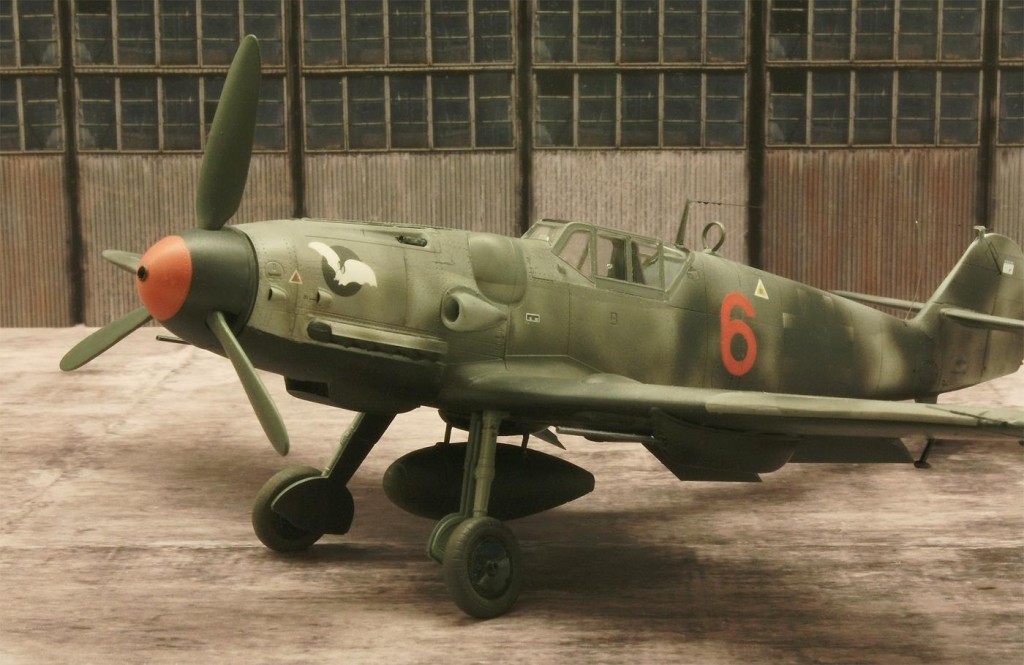

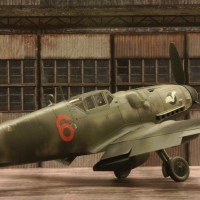
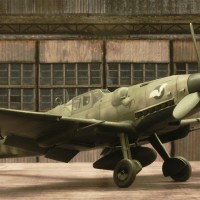

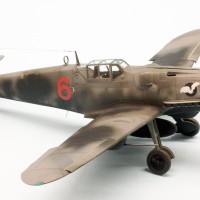

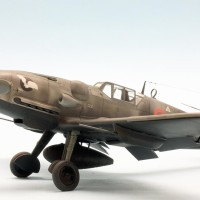





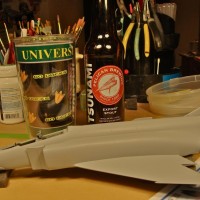
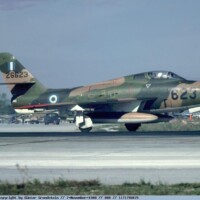
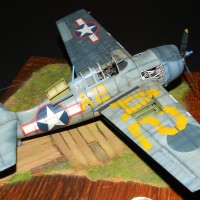
I loved reading the Wilde Sau facts, Roland, learned many things I didn't know before. Your presentation was really exceptional. The model also! You did a wonderful job!
Congratulations!
Thank you very much, my friend! Somehow I have just taken a bite out of the "Bf 109" theme; so many stories to tell with glue and paint as a model!
Always nice to see another 109! As you told Spiros, there are so many different versions @rosachsenhofer. The cart that is visible in a corner of a picture, is that an oil-cart?
Thank you Erik! Exactly, I built this oil tanker from Revell's "Airfield Equipment Set" years ago as an accessory for photography. It's quite useful for such occasions!
Great looking 109, Roland @rosachsenhofer
Beautiful scheme and story behind it.
Thank you for your words and @!
Looks great! I've got a Wilde Sau 109 on my to-do list... Yours will make a great reference.
I thank you - that's nice indeed!
Interesting, from Wild Weasels via Wild Boars, The history of doing the most difficult taks rings true here. Thanks for the history and Model photos.
You're very welcome - thank you!
Great result here @rsachsenhofer. I like this a lot.
BTW - the British response was the bomber stream, not combat boxes. Too hard to fly close formation at night, but the bomber stream accomplished the task of getting the bombers over the target and bombs dropped quickly, while overwhelming the enemy defense as they went through. It's similar to the reason for combat boxes, but different.
Great result here @rsachsenhofer. I like this a lot.
BTW - the British response was the bomber stream, not combat boxes. Too hard to fly close formation at night, but the bomber stream accomplished the task of getting the bombers over the target and bombs dropped quickly, while overwhelming the enemy defense as they went through, which was the purpose of the "wing" combat box. It's similar to the reason for combat boxes, but different.
Thank you for your words Tom! OK, that makes perfect sense and explains it even better - thank you for this enrichment of knowledge!
Very nice work Roland! ? And as usual, a great little history lesson too! ? Thanks for the article @rosachsenhofer
I'm glad to hear that- thank you!
Roland, This is a wonderful looking model, and very inspiring to the short stack of 109s I have on my to-do shelf. I also really liked your write up. A little piece of history I didn't know and find very interesting.
I appreciate your feedback Terry, thank you!